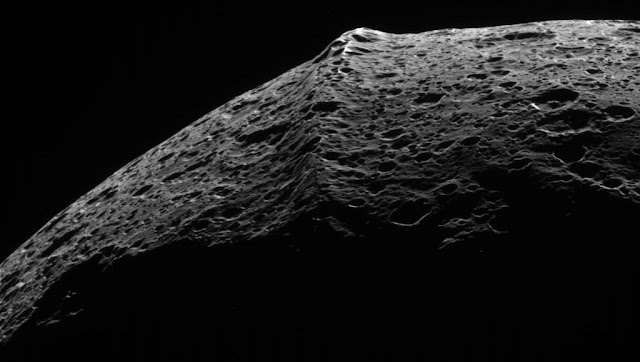The government is really struggling with funding for science. We’ve been hearing about this for years now, it’s no big surprise anymore. With every new budget comes a funding cut to science. But why is this the case? Why does the government feel that science is not important, and doesn’t deserve funding? As a scientist who depends on government funding to pay my salary and further my research, I sure think it’s important, but how can we convince the government and the people of this? Communication is the key. Scientists need to become better communicators, we need to share what we do with the world in a way that they can understand and appreciate it. It is only then that science will grow more important in the minds of the government and the general public.
Take the Mars rover Curiosity as an example. I’d be willing to bet that 90% of the general public had no idea this robot was being built until a month or so before it landed, not launched, but landed on Mars. People included in that 10% are the scientists and engineers of the world, people who read astronomy magazine or other scientific magazine, and those that live near cape Canaveral and watched the news a few days before the robot was launched. The other 90%, well, they caught wind of it sometime in June/July 2012 when publicity about how difficult the rover landing was going to be came about. It was then that the news stations began picking up the story and it was broadcasted all over the country and the world. Someone finally flipped that switch and communicated with public that this was pretty darn cool, hard and amazing. And it worked! People began to care about science. Everywhere I went to give outreach talks people asked me about the rover. They may not have known its name, or what its true purpose was going to be on Mars, but they wanted to know more. They cared. And that got me excited because I could then share more about how important this robot and our discoveries on Mars are. I just wish that everyone had heard about it sooner!
Maybe it was the 7 minutes of terror NASA video, or maybe it was the curiosity Facebook page that got people interested. But at the heart of it all, it was a few scientists who figured out how to communicate. They figured out how to get the public as excited as they are about the project. Evidence of there success can be seen in these photos: http://www.behance.net/gallery/Mars-Curiosity-Rover-Landing/4750667. Photojournalist Navid Baraty snapped images of people at Times Square in New York City watching the landing at 1am in the morning. Over 1,000 people gathered in NYC and watched as Curiosity survived the 7 minutes of terror and successfully landed on Mars. They were convinced that this was awesome!
This is what we as scientists need to strive harder to do: teach people that what we do is awesome and worthwhile. And we need to start much sooner. We have to convince people in the beginning that the money we will spend to build robots and telescopes will produce interesting and worthwhile science. We need funding now for future projects. We can’t wait until the next robot is on its way to Mars, or whatever planet it’s headed for. We need to convince people today to help fund future missions while they are still in the design stage. Convince the government to keep science going by providing the appropriate and necessary funds.
I’ll finish this post with a prime example. Recently, a group of planetary scientists (including the beloved Bill Nye the Science Guy) went to congress to protest further cuts in the fields of astronomy and planetary science. Currently, they are planning another mission to Mars, and more importantly (in my opinion) a mission to Europa. Now if you don’t know anything about Europa, here’s the interesting stuff: Europa is a moon of the planet Jupiter that likely has a sub-surface liquid water ocean. Yes, another solar system body with oceans similar to those on Earth. Scientists want to send a robot to Europa to drill through the ice surface to see if there actually is a water ocean there, and if there are any signs of life in that ocean. For all we know, there could be bacteria, fish, or even mermaids (ok maybe that’s a stretch, but still) living on another solar system body! Now I don’t know about you, but I think that’s pretty darn cool! Equally as awesome as the Mar’s rover, if not more exciting! But sadly, this mission on the chopping block. If we can’t convince the government, and people in general, that this is a worthwhile effort, the 2014 budget cuts will wipe it off the table. We will never know if there is life on Europa, unless we start telling everyone about this awesome endeavor.
We need to communicate and spread the word about how awesome everything that all scientists, not just astronomers, are doing. Then maybe we won’t have to worry so much about budget cuts and the future of science will become much more bright.




